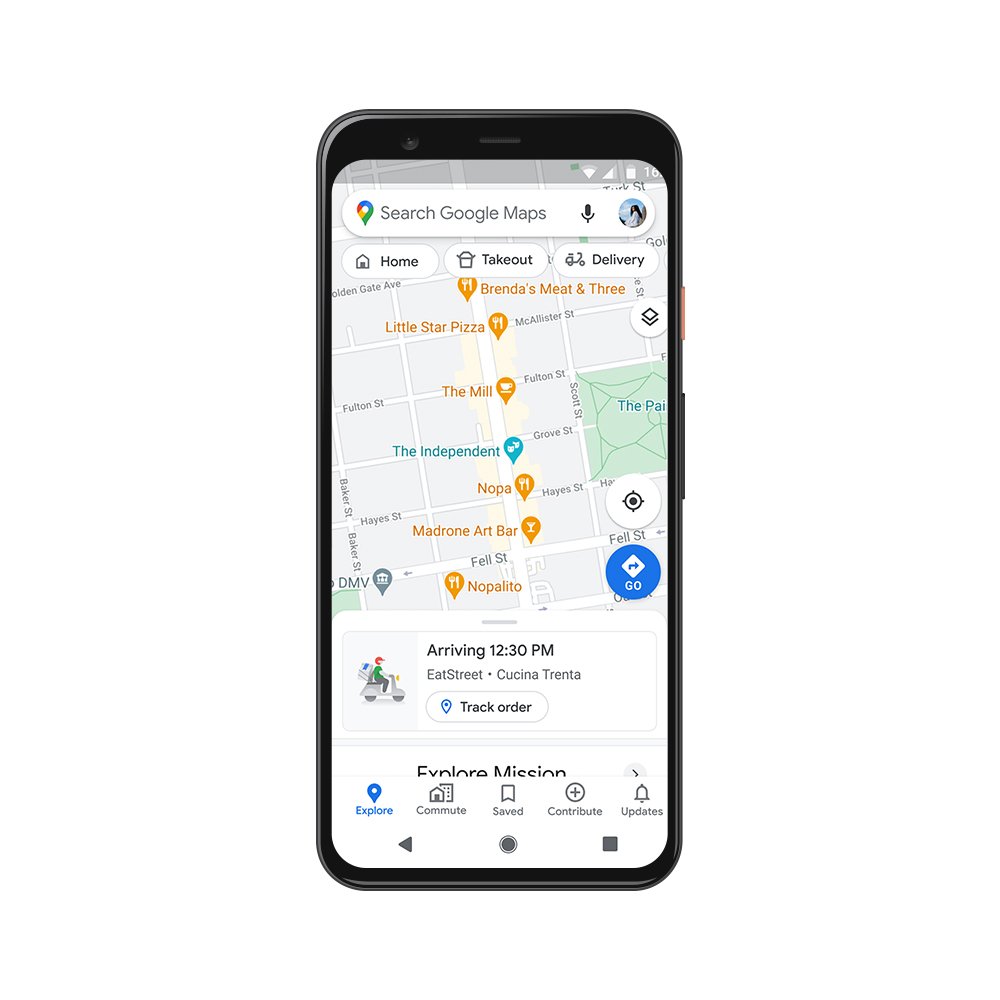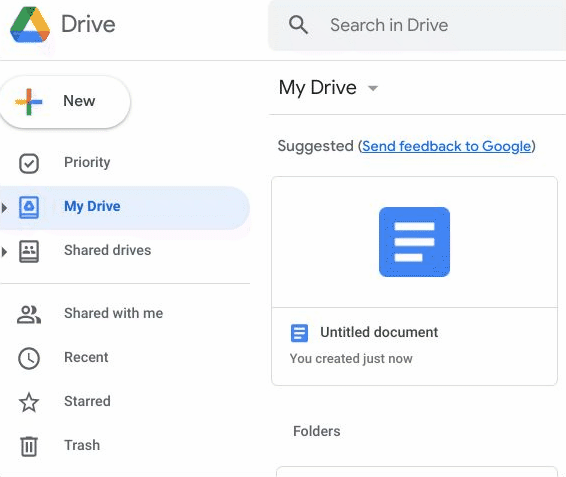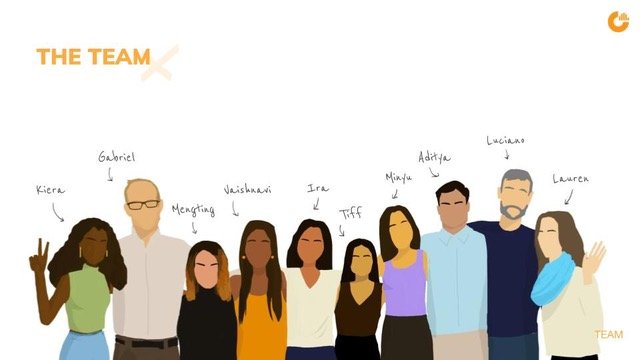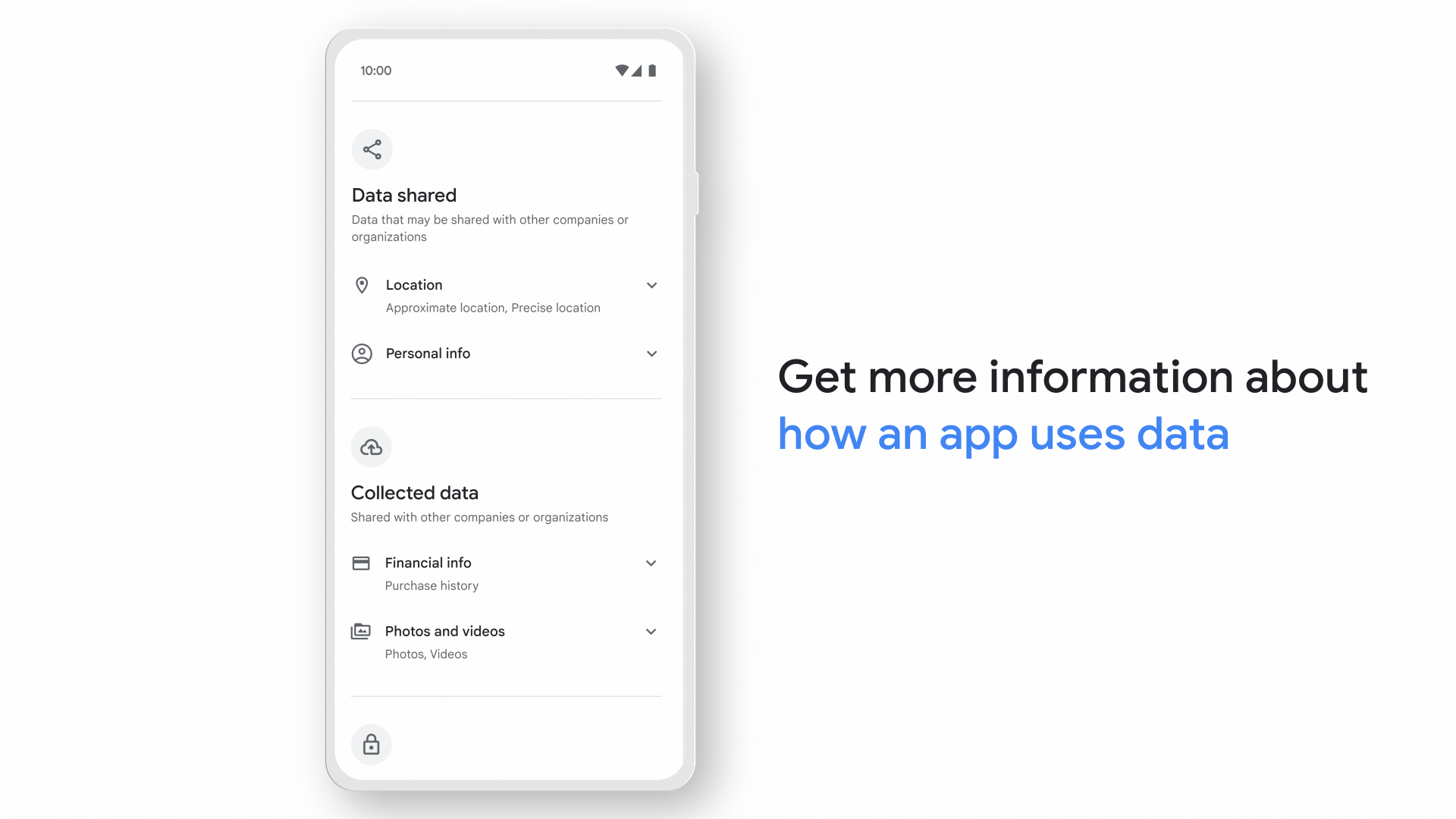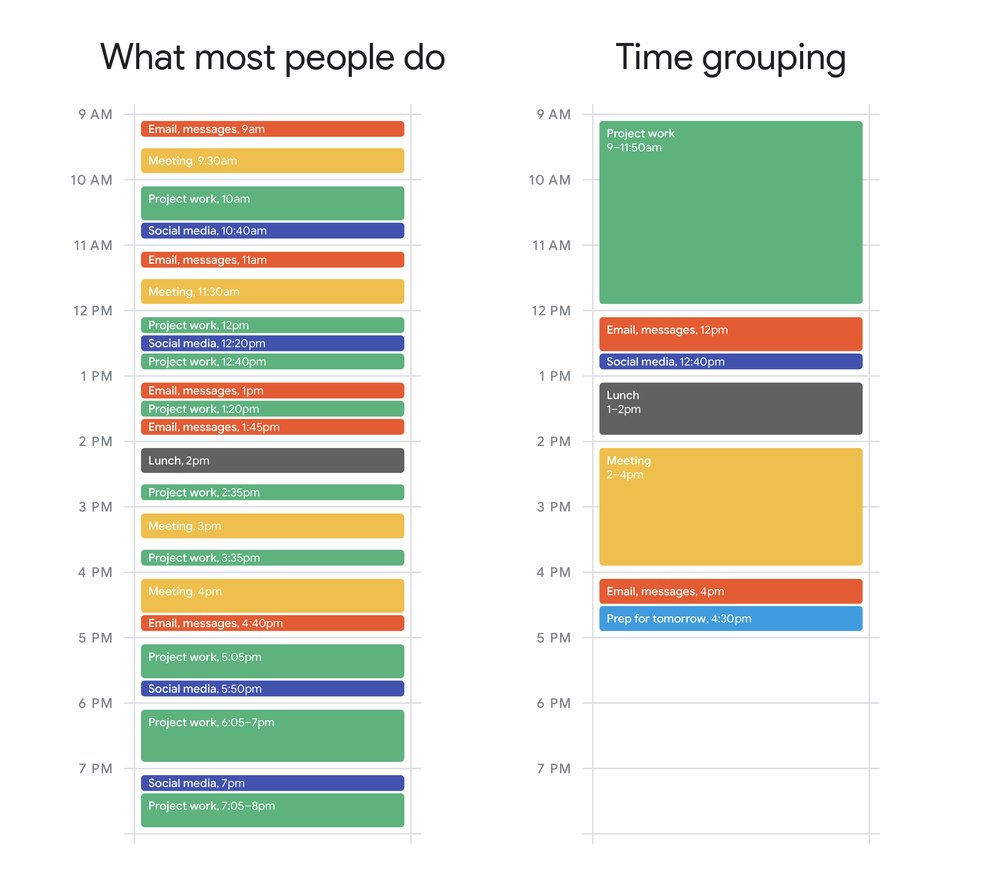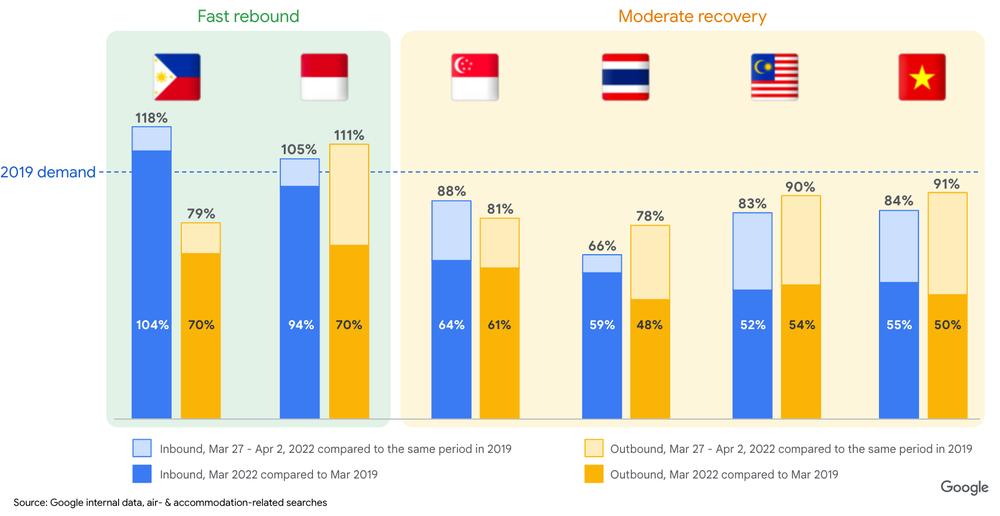For an example of a harmonious, multicultural society, look no further than Singapore, where people of different ethnicities, religious backgrounds, and who speak varying languages live and work together peacefully. It’s a remarkable achievement — one of Singapore’s great strengths as a global hub for trade, travel and technology. It’s also something that all of us in Singapore have to work hard to preserve.
At Google, and YouTube, we’re committed to doing everything we can to promote and celebrate Singapore’s diversity — and to protect it from threats. Today, in collaboration with the Ministry of Culture, Community and Youth, we’re kicking off a series of workshops developed with Ministry of Funny. The aim is to help creators from local interfaith groups and religious organizations start meaningful discussions on issues of online extremism and hate, while fostering awareness, tolerance and empathy.
Participants in the workshops will learn the basics of video production, content strategy, and data analytics, as well as how to sustain an audience on YouTube. Select organizations will receive additional support in the form of grants and mentoring by four YouTube creators: Our Grandfather Story, The Daily Ketchup Podcast, itsclarityco and Overthink.
By amplifying positive voices and constructive dialogue, we believe we can help counter the impact of online extremism — building on the steps we’re already taking.
Taking strong actions against extremism
Over recent years, YouTube has made deep investments in machine learning to enable better detection and faster removal of harmful content that breaches its guidelines. Since 2019, YouTube has removed more than 2.6 million videos for violating its policies around violent extremism — as well as reducing the spread of content that comes close to violating these policies but doesn’t cross the line. YouTube is also holding itself to high standards of accountability, through a dedicated violent extremism section in the YouTube Community Guidelines Enforcement Report.
Across all Google products, we have long standing policies that prohibit harmful content, including incitement to violence and hate speech. We’re working closely with other major technology companies, through coalitions like the Global Internet Forum to Counter Terrorism. And we’re focused on developing other technology-based solutions. For example, teams at Jigsaw have developed the Redirect Method, an open-source program which uses targeted ads and videos uploaded by people around the world to confront online radicalization.
We’re looking forward to expanding on these efforts in collaboration with the Singapore Government, Ministry of Funny, and other leaders in the YouTube ecosystem. We see first hand the positive impact creators make all over the world every day, and with the right support, we know they can be powerful voices for tolerance and inclusion in Singapore’s diverse communities.
by Ben via The Keyword
